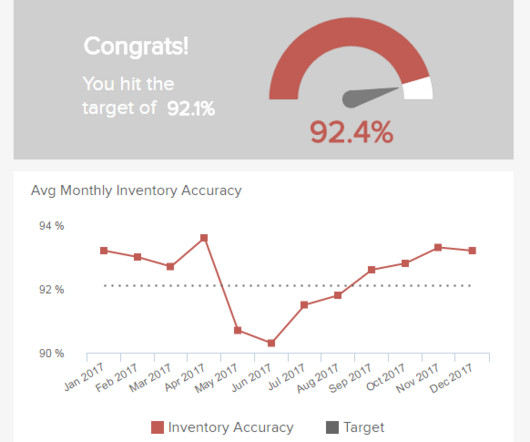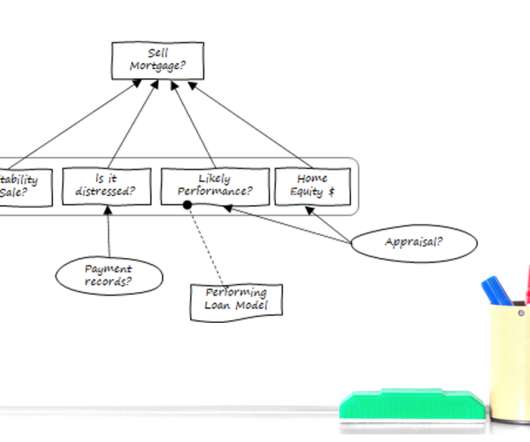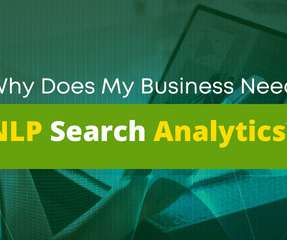Top 15 Warehouse KPIs & Metrics For Efficient Management
datapine
OCTOBER 11, 2023
3) Top 15 Warehouse KPIs Examples 4) Warehouse KPI Dashboard Template The use of big data and analytics technologies has become increasingly popular across industries. Every day, more and more businesses realize the value of analyzing their own performance to boost strategies and achieve their goals.



















Let's personalize your content